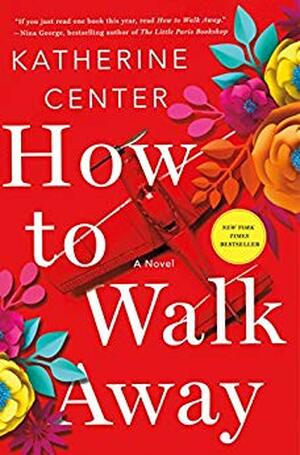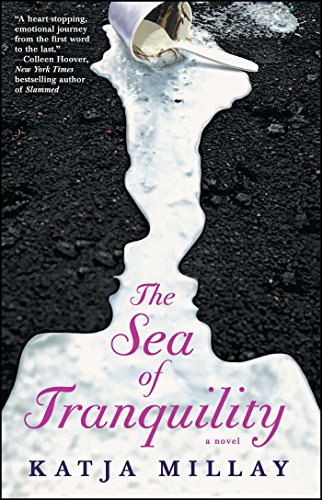|
Last year I finished a remarkable book—Marie Marquardt’s Flight Season—and then read the author’s notes, where she talked about writing a book in which people experience suffering. It’s not fun to think about suffering or talk about it. Sometimes we might shy away from the memories when we have suffered, or maybe even worse, watched someone we love suffer. Sometimes we are aware that relatively speaking, we have suffered very little, and we wonder when our something big will happen, or if it will, and if we’ll be strong enough.
Two amazing books that I’ve read more recently have focused on day-to-day suffering and both have opened my heart and eyes a little more than they were before. I’ve seen Katherine Center’s How to Walk Away on multiple Best of Lists so I had to read it. Margaret Jacobsen has always been terrified of planes (in particular, plane crashes), so when her serious boyfriend Chip, who is trying to get his pilot’s license, wants to take her on a plane ride, it takes a little while to convince her. But convinced she is, and though she gets engaged on the flight, she’s brought back to Earth when the plane crashes. She wakes up in the hospital severely injured, and she, like many of the other characters who knew her before, wonder whether the pre-crash Margaret is gone, and who she is now, and what her new life looks like. I loved this fierce, funny, painful book that tackles not only the physical and emotional aftermath of the crash, but also strained family dynamics and romantic love. Margaret, the narrator of How to Walk Away is conversational and approachable, yet she (and the book itself) possesses a sensitivity and astuteness that left me stunned. When we’re talking about suffering, there aren’t any easy answers, and we see that in Katja Millay’s YA book, The Sea of Tranquility. This book was so difficult to read at times, so painful, and it’s one that will stay with me. Nastya Kashnikov starts at a new high school. She dresses very provocatively and does not talk to anyone by choice, including her family. Josh Bennett has a “force field” around him. He’s alone at school and home and that’s how he wants it. Neither character wants to want someone. But they’re drawn to each other, even as they resist opening themselves up. What events happened in each other’s past, to make them the person they are today? And is the person they are today “okay”? How can they make each other happy if they’re not happy themselves? The Sea of Tranquility is about people who hurt. The hurts they can’t hide and the ones they do. I wanted the characters in this book to be “okay.” I wanted them to learn quickly so they could be happy, because they deserved to be happy. But this is another book about suffering, about getting to a place of happiness, and how that can be incredibly difficult and sometimes even something people fight against. Brilliant, tender, sad, The Sea of Tranquility is a devastating and hopeful portrayal of human hurt.
0 Comments
Leave a Reply. |
About me.Give me that HEA, please.
Join my mailing list.Want to receive a weekly email with links to my latest blog posts? Sign up below!
Archives
April 2024
Categories
All
|



 RSS Feed
RSS Feed
